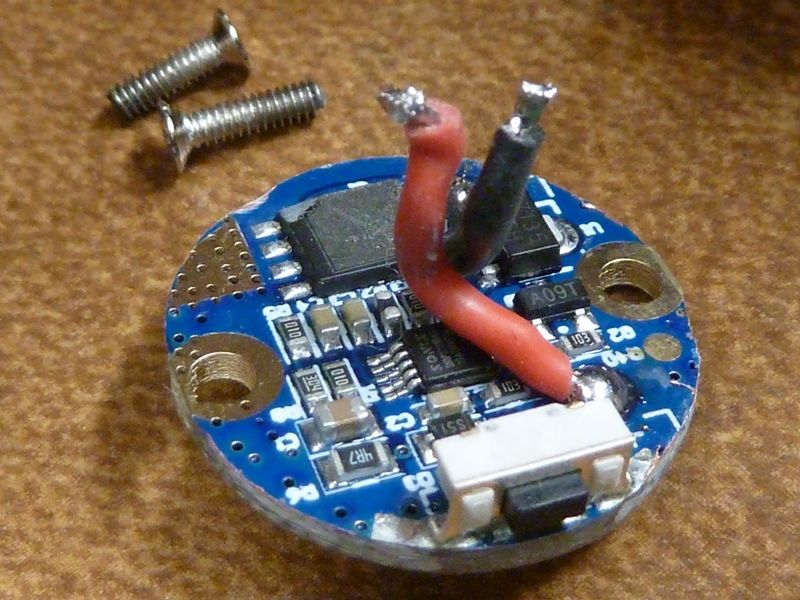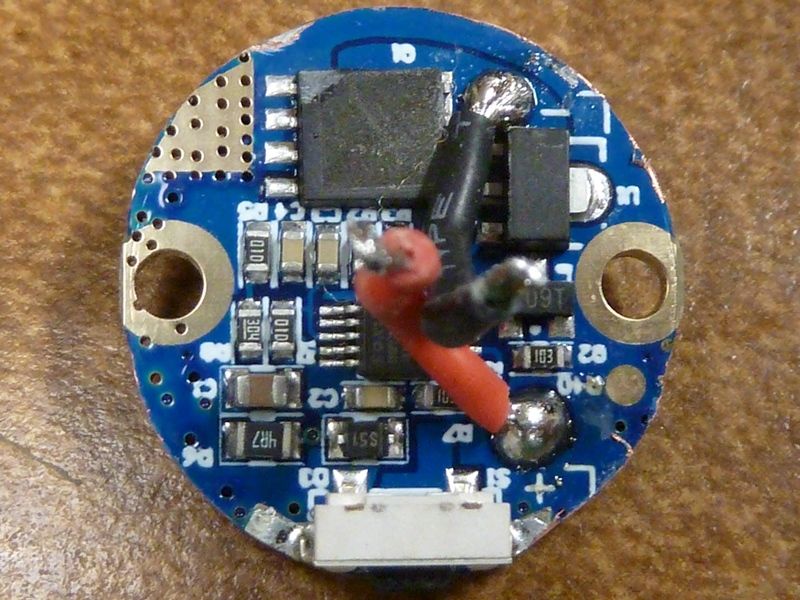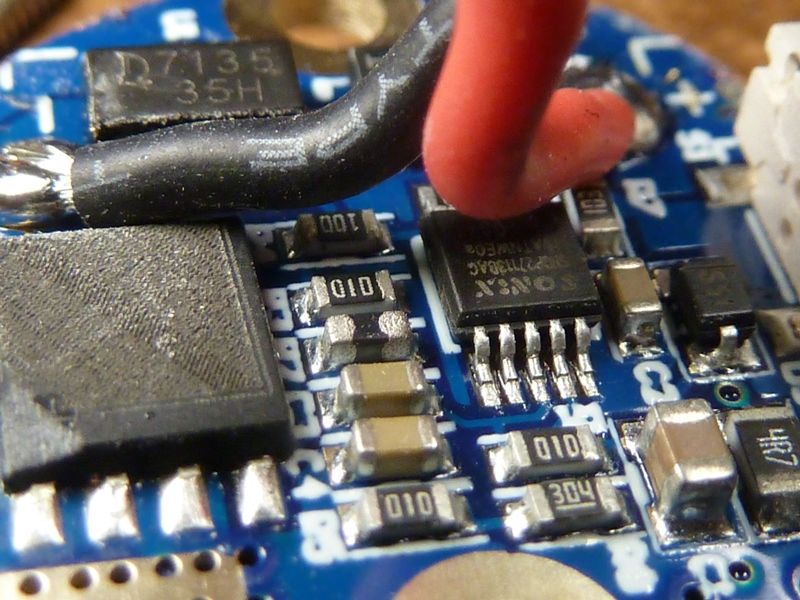@gchart
Thanks, that is quite assuring.
I don’t use ADC for voltage monitoring on the 85 anymore. But there was recent talk that it might be useful or better to revert to a voltage divider. Don’t know where I read it or who wrote it. That’s why I took it into consideration. Just trying to get an overview of the possibilities of the 1-series.
And the temp sensing calibration, yes I saw and liked this. In Anduril I overrode the temp offset for known drivers for not having to recalibrate it after every new flash. And I reflashed a lot since having the progkey.
So yes, I’m pretty stoked when it comes to the 1-series. I will now look deeper into your firmware, especially the test firmware, and cross reference the datasheet to get a better grip on it.
.
@TK
I’m not talking lowest moon. I wanted to hint where my interest is and used a brief and thus inaccurate description. I will elaborate below, but this leads away from my real question:
Which function should be connected to which pin?
I need a start to make me a driver that I can use for playing around - without having pins connected blatantly wrong, e.g. unusable.
I got the impression that nothing evolved in the support of this MCU because there was no firmware for it, which might be because there was no driver for it, which again might be because there was no firmware for it…
So tell me what hardware you need at which pin. That’s still my basic question here and I will happily design you a driver and/or troubleshoot firmware.
.
Now to PWM.
With the good 7135 ravenclaw I get consistent lowest light with phase correct pwm level 2 at 18kHz. That’s lower than I need or like. I buy them at lcsc.com and bin them for use as 1x7135 at 348-352mA. That makes them incredibly consistent at all pwm levels.
What I care for is about the lower fifth of the ramping table.
Unfortunately I can’t give a picture, as I’m on holiday with a linux laptop, crappy internet and no password for imgur…
#define PWM1_LEVELS 4, 4, 4, 5, 5, 5, 6, 6, 6, 7, 7, 8, 8, 9, 9,10,10,11,11,12,12,13,13,14,14,15,15,16,16,17,17,18,18,19,19,20,20,21,22,22,23,24 ,25,26,26,27,28,29,30,31,32,33…
The lower parts are of course not a curve but a series of linear segments with flat parts and increasing gradient. It’s still either stuttering or gets too bright too fast. I already shortened the lower parts, they were more like 4, 4, 4, 4, 4, 4, 4 when they came out of the python script (after a lot of testing I liked the 7th function best and this leads to a flat start).
I’m still very sure that this will benefit from an increased bitrate. 10-bit alone will be very beneficiary, as it gives 3 additional values inbetween any 2 present ones.







